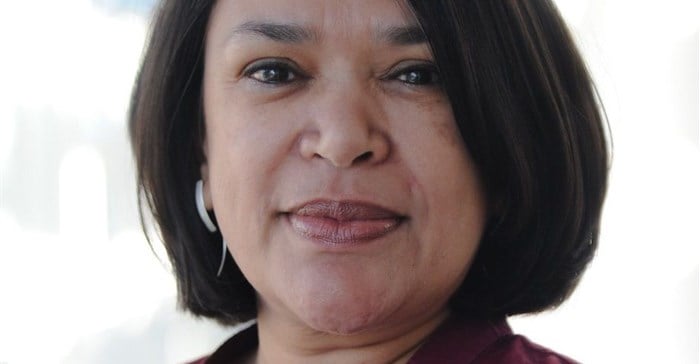






The ‘least cost’ scenario is not in fact least cost as it does not account for several important known and anticipated market realities.
Sawea believes that should key factors such as the impact of large-scale technology trends, the effects of the proposed carbon tax on the cost of generation by proposed coal power investment and current data on Eskom’s fleet efficiency, very different investment choices would be made.
The submission also provides data as to the negative socio-economic and economic effects of inconsistent procurement.
“We recognise the economic challenges that South Africa needs to overcome in the short term, and based on evidence, we believe that renewables have a viable contribution to make in both the short and long term,” says Brenda Martin, CEO of Sawea.
The organisation puts forward a strong argument that questions the draft IRP’s financially viability, pointing out that it is premised on a revenue plan for the energy sector, predominantly Eskom, that is unachievable. Modelled data confirms that the plan, in its current form, will likely increase the probability and magnitude of a financial crisis at Eskom, with direct knock-on effects for the economy.
“For the plan to be credible and result in both short and long-term multiplier benefits to South Africa, it has to be reconsidered on a truly least-cost basis,” she says.
Based on the industry’s experience of the effects of stop-start procurement over the past two years, the submission draws attention to the interlinkages between consistent procurement and market effects. The industry is not supportive of the draft proposal in the short-term to delay new renewable energy procurement and then later on in quick succession, introduce a large amount of new procurement.
As recent experience has shown, one of the main effects of such a procurement gap is that it will have a direct and immediate impact on employment, particularly at manufacturing facilities and support services during the idle years.
Evidence points to the benefits of a plan that contains a consistent and possibly larger wind power build programme, including:
The finalised IRP update needs to better ensure policy alignment in order to create an enabling environment for localisation, a key element of Government’s industrialisation policy. The proposed procurement gap in the Draft IRP2018 threatens to undermine this vital policy” concludes Martin.